Dishwasher-Loading Efficiency!
The last few weeks we’ve had articles on how to wash dishes by hand and how to maintain a dishwasher to extend its life. You can see we take cleaning our dishes seriously.
With this theme continuing, let’s talk about how to properly load a dishwasher, along with a few tips for making your kitchen cleanup easier.
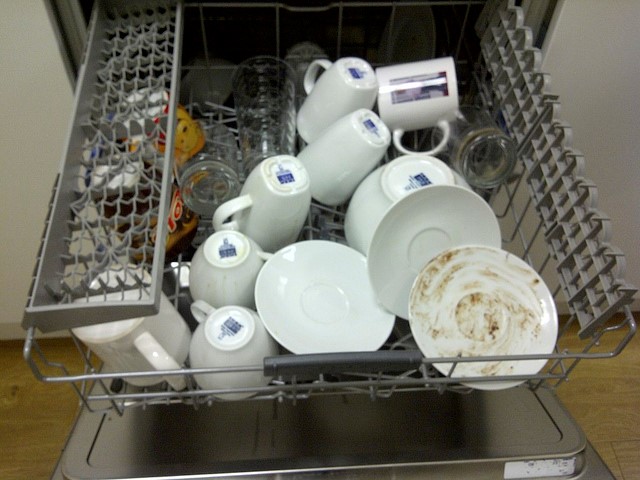
First, a few basic pointers. Don’t do what this picture shows. Instead:
• ALWAYS load everything face down.
• Never place wood, cast iron, aluminum, or other metals whose finish can be messed up (such as copper), in the dishwasher.
• Never put your good sharp knives in the dishwasher. They can warp, their handles can work loose, and the detergent can tend to dull the edges.
This may seem like obvious information, but I don’t want to assume a thing here. I’ve seen (and heard about) all of these rules being broken at some point.
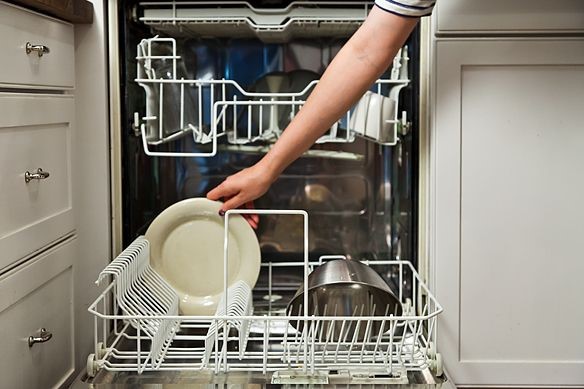
And here are a few more pointers:
• Don’t just toss things in willy nilly. Load the racks strategically. The bottom rack is best for plates and bowls. Arrange them so that the dirty sides face the water spray.
• Be sure breakables do not touch each other, since the dishes can vibrate during the washing cycles.
• Place cups, glasses, and small bowls in the top rack.
• Always place silicone, plastic, or rubber items on the top rack.
• Don't add too much detergent. Research, by the way, shows that powdered detergents do a better overall job of cleaning.
• Add a cup of clear vinegar in the bottom of the washer or into the rinse aid compartment. This prevents spotting on glassware—a common malady now that
There are varying opinions about the pre-rinse. And your dishwasher user-manual likely gives specific instructions on this step. But my overall attitude is "Don't be lazy. Rinse everything first before loading." This habit means your filter will hold up better and be easier to clean when the time comes.
But there are those that ask "What's the point of having a dishwasher if you have to wash your dishes first?" I don’t have a scientific or profound answer to this. But one thing I’ve found out the hard way: if dishes are going to sit in a dishwasher all day or overnight before the machine is turned on, a pre-rinse does you a favor. You won’t have to re-wash the things that didn’t come clean the first time around.
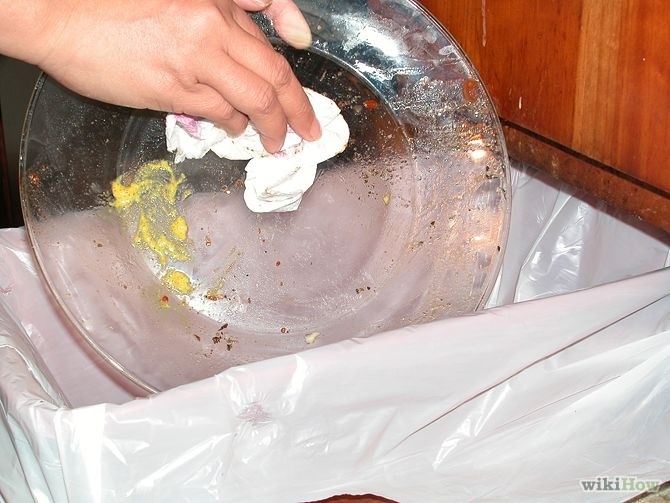
But whether you believe in pre-rinsing or not, at least scrape the large chunks of leftover food off into the trash or garbage disposal before loading things in. Do you have an opinion on this? We’d love to hear it.
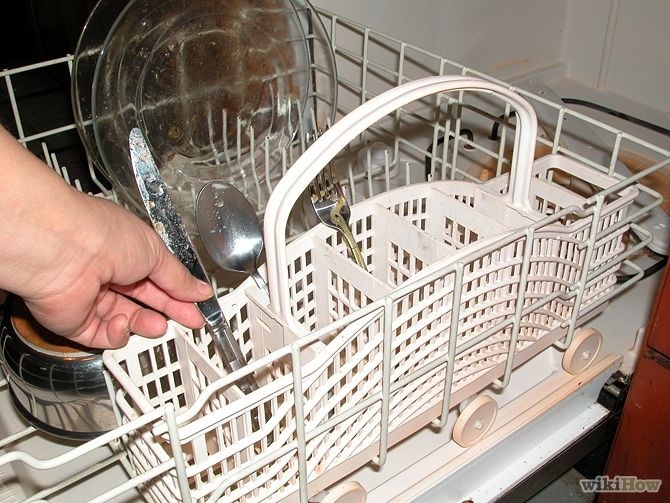
Place knives, forks, and spoons in the cutlery basket with their handles down. And distribute them loosely—mix up different kinds of utensils in the utensil baskets to prevent several of the same thing from nesting in one another and blocking the water. You want the water spray to reach all parts of these items.
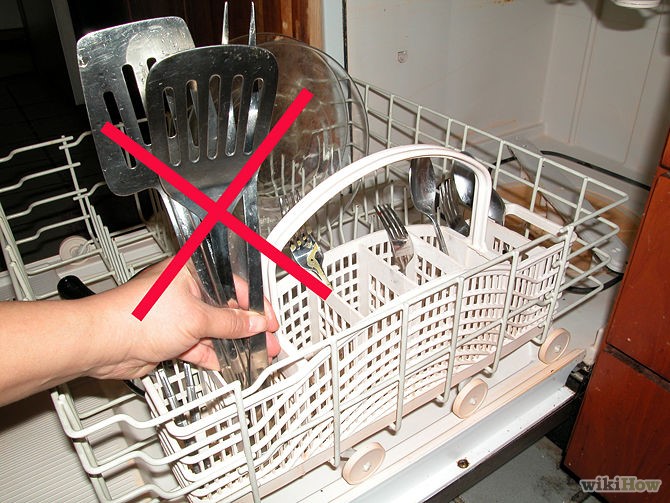
Long pieces of cutlery and serving utensils can block the spray, so don’t put them in the cutlery basket. Lay them on the top rack, instead.
Finally, never place bone china, hand-painted tableware, crystal, or other fine pieces in the dishwasher. Vibration can chip them, detergents can etch them, and over time their surfaces can become dull. Hand washing is the rule of thumb for these things.
- momsinheels.wordpress.com
- www.food52.com
- www.wikihow.com
 Alice Osborne
Alice Osborne
Weekly Newsletter Contributor since 2006
Email the author! alice@dvo.com
